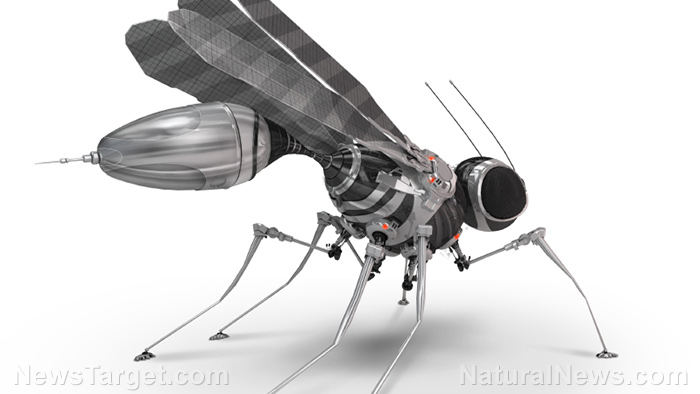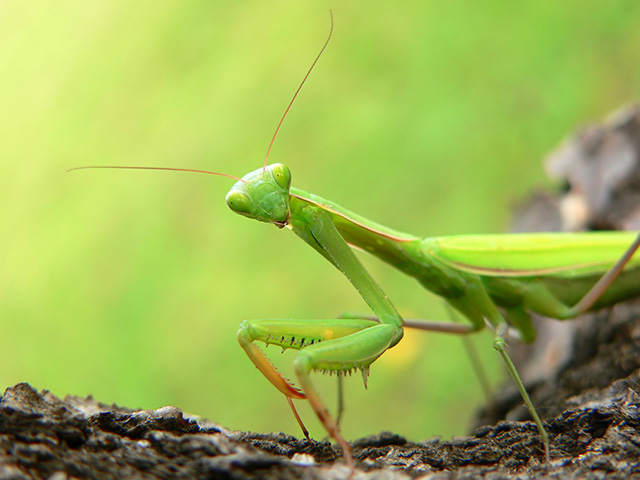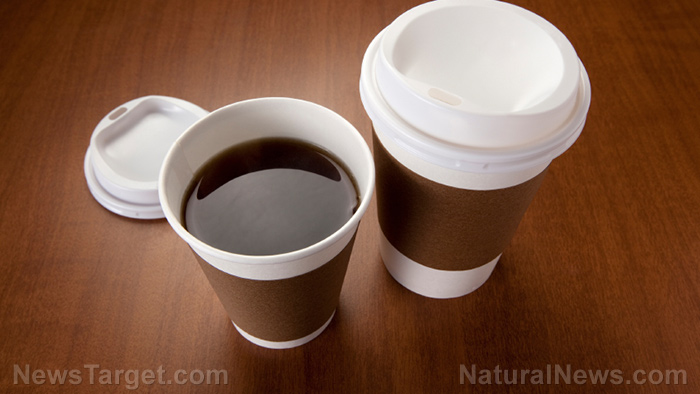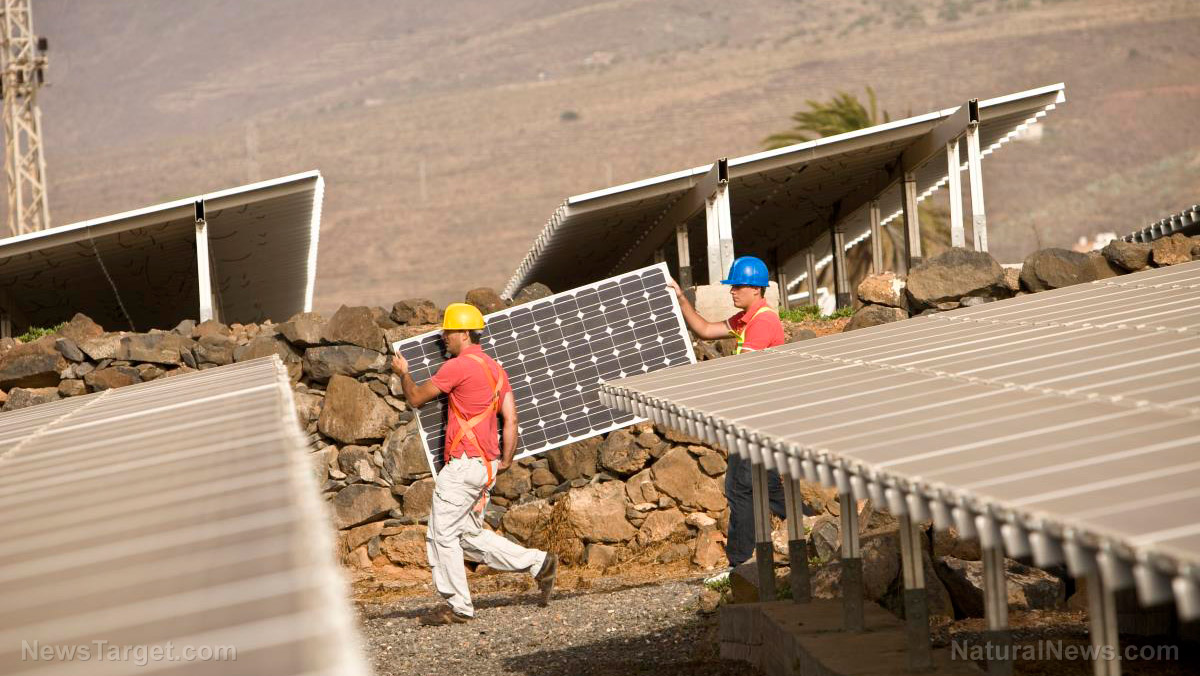The world is seeing a gradual blur in the lines between yesterday’s imagination and today’s reality. Technology is taking off at a blistering pace, and the area of robotics is one that has shown particular promise. Just 25 years since James Cameron’s vision of a robotic assassin captivated viewers around the world, humanity’s efforts to build machine men are growing ever-closer to reality.
(Article by Naman Nepal)
From small nanobots which can invade human tissues and cure diseases or perform a medical operation, to unmanned robots which have moved the cockpit of a fighter plane into a room thousands of miles away, most of these human creations are mind boggling in their complexity. With the capabilities that these robots offer, it has become common to see them put to use in all manner of fields, with medical, chemical, engineering, and military purposes being served by robots.
Of course, there are some other robots out there being built to handle other functions. Companies are eager to jump into the robot market, offering up machines that can assist and soothe humans, explore other planets, and even imitate a living creature.
Here the top 10 most interesting, and useful, robots around. Complex, and able to simplify life through automation, these machines – and the ones that follow in their footsteps – will surely have a major impact on the future of the world’s culture and industry.
10. WheeMe
The first body massaging robot in the world, WheeMe is a palm sized robot which caresses and massages the body with a slow and steady movement. An automated robot, WheeMe can steer automatically over the body without ever falling or losing its grip, providing a delightful sense of bodily pleasure. The WheeMe is made by DreamBots, an Israeli company operating in China and the USA since 2011. Weighing just 240 grams, this device has proven itself a great therapeutic device, and costs only $69.
9. Curiosity Rover
A car sized robot specially to explore the Gale Crater on Mars as a part of the NASA’s Mars Science Laboratory mission (MSL), Curiosity was launched on November 26, 2011 from Cape Canaveral and landed on August 6, 2012 on Aeolis Palus in the Gale Crater of Mars. This robot became one of the most popular robots of 2012, made to investigate the climate and geology of Mars. The Curiosity robot will serve as the basis for a planned Mars 2020 rover mission, for which its two-year mission was extended indefinitely in 2012. This project is also a part of NASA’s longest projects, which involved 10 years of preparation and a total cost of $2.5 billion.
8. Pleo
Unveiled by Caleb Chung in 2006, Pleo is one of the most appealing looking (though relatively useless) robots on the market. An animatronic pet dinosaur that has lifelike animations, the robot is designed with a sophisticated virtual intelligence that allows it to learn from its experiences, and the environment it is kept in. Pleo became especially popular among children, as it could be used for both entertainment and educational purposes. With its amazing sensors, Pleo could recognize colors and patterns, hear and respond to sounds, and even sense food or medicine. It also exhibits lively behavior like eating and sleeping. Though announced to be sold at a cost of $200, it is now available for purchase at a price of $469.
7. PackBot
PackBots are the robots made by iROBOT in 2001, and first used by the US military in Afghanistan in 2002 to find anti-personnel mines, search buildings, and clear caves and bunkers. Around 800 PackBot robots were used in total in several parts of Iraq and Afghanistan, helpful in gathering information and details during the war. With its unique propulsion system, the PackBot could run at a speed of 14km/hr, and could be even carried in a backpack to be deployed at a very quick rate. With its extensive GPS receiver’s different sensors, it could be controlled with ease via computer. The PackBots assisted with bomb disposal and improvised explosives detection, and could be used to analyze environmental conditions during warfare.
6. BigDog
Created in 2005 by Boston Dynamics with Foster Miller, the NASA Jet Propulsion Laboratory, and the Harvard University Concord Field Station, the BigDog is the most advanced rough terrain robot on earth. Designed to serve military uses, the machine is around 3 feet long, 2.5 feet tall, and weighs 240 pounds, The robot can move on difficult terrain at a speed of four miles per hour, and is able to carry up to 340 pound of weight, navigating with its onboard LIDAR and stereo vision systems. This robot has also been renovated and updated with modifications that enhance its power and locomotive features.
5. I-Sobot
An incredible humanoid robot, I- Sobot is one of the smallest humanoid robots, with a height of just 6.5 inches and a weight of 12 ounces. The ‘Robot of 2008’ winner in Japan’s Ministry of Economy, Trade and Industry (METI) also comes in at a price of $300. It has become the most-produced robot in the world. Its advanced technology, together with the entertainment value it offers, are based primarily on its 17 miniature servo motors. This small robot can walk, play air guitar, and perform about 200 moves. This robot uses the gyro sensors for balancing, and can be controlled by either remote control or voice commands.
4. Stanley
An automated car created by the Stanford Racing Team from Stanford University together with the Volkswagen Electronic Research Laboratory (ERL), Stanley is one of the best automated cars, even winning the 2005 DARPA Grand Challenge and its $2 million prize. Stanley was specially designed for the 132 mile DARPA Grand Chanllenge course in California’s Mohave Desert, where it finished the race in 6 hours 54 minutes, with an average speed of over 19mph. Stanley could analyze the terrain with its Sick AG LIDAR, and its GPS system helped in position sensing. Stanley is currently showcased at the Smithsonian National Air and Space Museum.
3. KeepOn
KeepOn is a small creature-like robot which is designed to perform non-verbal, yet simple and natural, interaction with children. Designed and developed in 2007 by Hideki Kozima, a cognitive science researcher at Miyagi University of Japan, KeepOn is an interactive toy designed to help children with autism in their social development and interpersonal co-ordination, and goes costs anywhere from $40 to $100, depending on the retailer.
2. Schaft
The Schaft robot is an award winning robot by Google presented in the 2013 DARPA Robotics challenge. A humanoid robot, Schaft could perform several autonomous tasks, able to navigate disaster areas and work with any tools and materials at hand. With the strength of 10 average people, the Schaft robot is able to lift and clear heavy debris during rescue operations, and as a HRP-2 built robot, Schaft has an extra level of articulation presented by the innovative motors used to power and perform its movements. This conventional robot, with its long arms and squat torso, weighs 209 lbs and is 4’10” high, capable of moving at a speed of 2km/hr. Operating drills, manipulating safety valves, and turning a doorknob are some of the skills many other robots cannot handle, but that this robot has mastered.
1. Titan
German industrial robot manufacturer KUKA Robotics created the world’s largest and strongest robot in June 13, 2007, which they named Titan. Finding a place in the Guinness Book of World Records, the KUKA KR 1000 Titan 6-axis robot delivers the power of a mid-sized car with its nine motors and a payload of 1000 kg. This record holding robot can bridge distances of up to 6.5 m and ensure precise handling of several heavy engine blocks, steel sections, components of ships and aircrafts and even precast concrete parts. It’s considered by some to be the world’s strongest robot.
Read more at: therichest.com




















